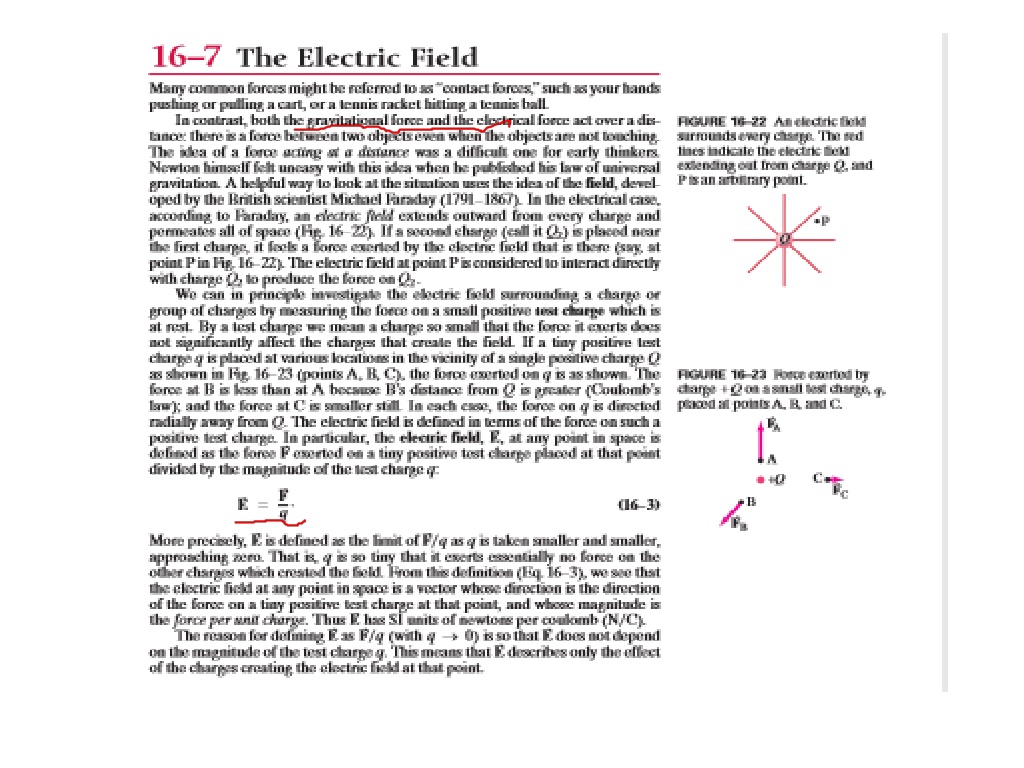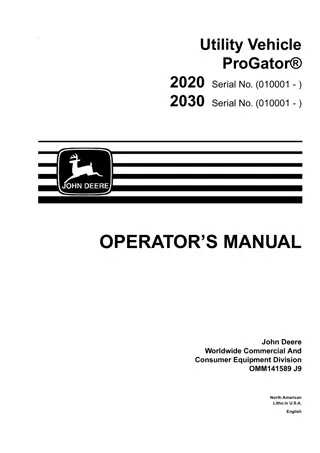
Solving Electrostatics Problems: Step-by-Step Guide
"Learn how to solve electrostatics problems using electric fields or electrostatic forces. Understand the procedure involving drawing free-body diagrams, applying Coulomb's law, and adding forces vectorially. Explore examples and visualizations of electric field lines."
Download Presentation

Please find below an Image/Link to download the presentation.
The content on the website is provided AS IS for your information and personal use only. It may not be sold, licensed, or shared on other websites without obtaining consent from the author. Download presentation by click this link. If you encounter any issues during the download, it is possible that the publisher has removed the file from their server.
E N D
Presentation Transcript
Whether you use electric field or electrostatic forces,the procedure for solving electrostatics problems is similar: 1. Draw a careful diagram namely, a free-body diagram for each object, showing all the forces acting on that object, or showing the electric field at a point due to all significant charges present. Determine the direction of each force or electric field physically: like charges repel each other, unlike charges attract; fields point away from a charge, and toward a - charge. Show and label each vector force or field on your diagram. 2. Apply Coulomb s law to calculate the magnitude of the force that each contributing charge exerts on a charged object, or the magnitude of the electric field each charge produces at a given point. Deal only with magnitudes of charges (leaving out minus signs), and obtain the magnitude of each force or electric field. 3. Add vectorially all the forces on an object, or the contributing fields at a point,to get the resultant. Use symmetry(say, in the geometry) whenever possible.
Example(10) E equidistant above two point charges. Figure 16 29 ) is the same as Fig.16 28 but includes point B, which is equidistant (40cm) from (Q1)and(Q2) Calculate the total electric field at point B in Fig.16 29 due to both charges, We explicitly follow the steps of the Problem Solving Strategy above.
Electrical field line:-Since the electric field is a vector, it is sometimes referred to as a vector field. We could indicate the electric field with arrows at various points in a given situation, such as at A, B, and C in Fig. 16 30. The directions of and are the same as for the forces shown earlier in Fig. 16 23, but the magnitudes (arrow lengths) are different since we divide by q to get However, the relative lengths of and are the same as for the forces since we divide by the same q each time. To indicate the electric field in such a way at many points, however, would result in many arrows, which would quickly become cluttered and confusing. To avoid this, we use another technique, that of field lines. To visualize the electric field, we draw a series of lines to indicate the direction of the electric field at various points in space. These electric field lines
These electric field lines(orlines of force) are drawn to indicate the direction of the force due to the given field on a positive test charge. The lines of force due to a single isolated positive charge are shown in Fig.16 31a, and for a single isolated negative charge in Fig.16 31b. In part (a) the lines point radially outward from the charge, and in part (b) they point radially inward toward the charge because that is the direction the force would be on a positive test charge in each case (as in Fig.16 26). Only a few representative lines are shown.We could draw lines in between those shown since the electric field exists there as well. We can draw the lines so that the number of lines starting on a positive charge, or ending on a negative charge, is proportional to the magnitude of the charge. Notice that nearer the charge, where the electric field is greater the lines are closer together. This is a general property of electric field lines: the closer together the lines are, the stronger the electric field in that region. In fact, field lines can be drawn so that the number of lines crossing unit area perpendicular to is proportional to the magnitude of the electric field.











